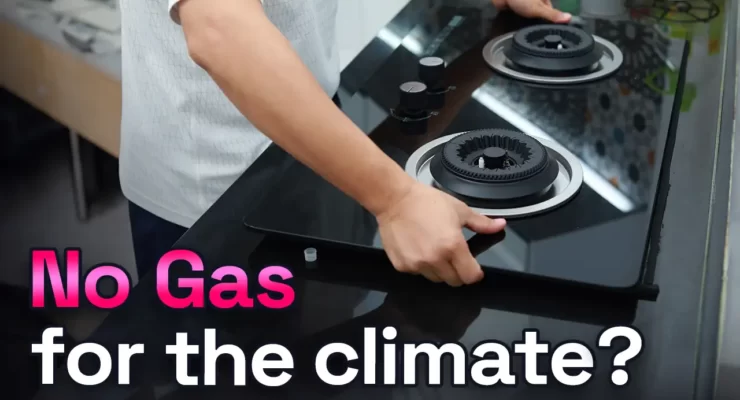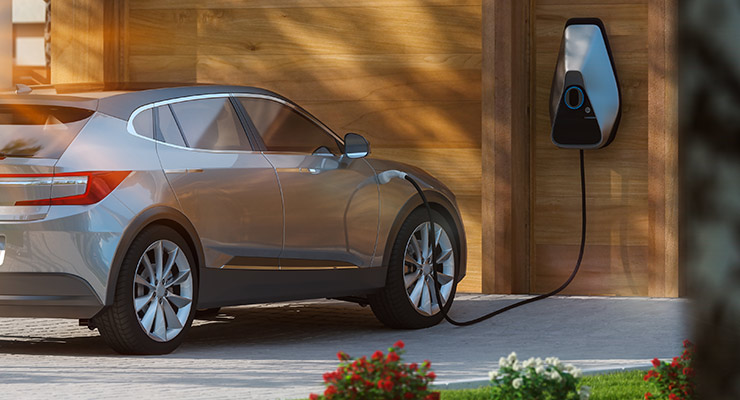
Fast read
Australia's push towards "electrifying everything" aims to combat climate change by transitioning from combustion technologies to electric alternatives powered by renewables.
By 2035, Australia could achieve an 80% emission reduction, transforming households into power hubs using solar energy and promoting electric vehicles.
While initial costs may be high, long-term benefits include reduced electricity bills and maintenance costs. Despite challenges, such as infrastructure upgrades and policy creation, electrification offers substantial environmental and economic benefits.
Should we electrify everything in Australia to fight climate change?
In the fight against climate change, a big idea gaining traction is to electrify everything in Australia. This means switching from things like gas-powered appliances and cars to electric ones.
The timeline for this change isn’t set in stone yet, but it’s likely to happen faster as people become more aware of climate issues.
Going electric could mean cleaner air and lower greenhouse gases, which is good for everyone’s health and the environment.
For households, this shift might mean buying electric appliances and cars, which could cost more upfront. But in the long run, it could save money on energy bills and maintenance.
Overall, electrifying everything is a big change that could help fight global warming and make life better for everyone.
Electrification as a Climate Solution
Electrification means moving away from using fossil fuels and switching to things powered by renewable electricity, like solar and wind turbine energy. Australia has lots of sun and wind, so it’s in a good position to make this change.
By electrifying things like homes—using electric appliances instead of gas-powered ones—Australia could cut its emissions by a whopping 80% by 2035.
This shift would be a significant change for households, it could mean using electric stoves, heaters, and cars instead of ones that run on gas.
Making this change might require some investment upfront, but in the long run, it could save money and help the environment.
Overall, electrification could be a game-changer for Australia, reducing emissions and paving the way for a cleaner, greener future.
The Landscape of an Electrified Household
In Australia in 2030, most homes are now more than just places to live – they’re also power hubs, using solar energy. Even public spots like parking lots are part of this renewable energy system. And on the streets, you’ll mostly see quiet electric cars.
Inside these homes, significant transformations are occurring as well. Old gas appliances are being swapped for energy-efficient electric ones, which is great for cutting pollution. But, to handle all this extra electricity, homes might need to be rewired and get solar panels. It’s all about making sure everything runs smoothly as we move towards cleaner energy.
Economic Implications of Electrifying Everything in Australia
Switching to electric options can save households a lot of money in the long run. It costs around $100,000 per household over time, which might seem like a lot, but it usually lines up with when you need to replace your old appliances anyway.
Electric stuff like appliances and cars can help you save money on electricity and maintenance. They use less energy and break down less often, so you don’t have to spend as much on repairs. Plus, electric cars are easier and cheaper to take care of compared to regular cars.
By going electric, you not only help the environment but also save yourself some cash.
Australia’s Unique Position
Australia’s abundant solar and wind resources offer a unique advantage for electrification. The declining costs of renewable energy technology and the rising popularity of EVs position Australia well on the path to widespread electrification. Leading this green tech revolution could solidify Australia’s position as a global leader.

Challenges
Some challenges need to be addressed. For starters, our infrastructure, especially transmission lines, needs to be upgraded and expanded to handle the increasing demand for renewable energy. Industries like mining also face a tough transition as we move towards cleaner practices. A process that needs to happen gradually and carefully.
To tackle these challenges effectively, we need a clear national policy aimed at achieving net-zero emissions. This policy will provide a roadmap for how we can all work together towards a more sustainable future.
The Dual-Edged Sword of Electrifying Everything in Australia
Electrification offers numerous benefits:
- Reduced greenhouse gas emissions: This transition will result in a cleaner and healthier environment, benefitting not only current but also future generations by reducing pollution and preserving natural resources.
- Energy independence: Using less imported fossil fuels helps us keep our energy sources more secure and makes our economy stronger.
- Economic growth: Creating jobs in the renewable energy sector helps more people find work and supports the growth of clean energy.
However, challenges remain:
- Initial costs: This could discourage some households from making the switch.
- Reliability of new technologies: This may pose initial concerns.
- Disruptions during the transition: This may test the patience of industries, infrastructure, and the population.
Conclusion
Switching everything to electricity in Australia isn’t just a plan – it’s a significant step towards a better future. Even though there are challenges, the benefits for the environment, economy, and people are clear. With careful planning and teamwork, Australia can lead the way into a cleaner, greener era.
By using more electricity instead of gas or other fuels, we can reduce pollution and make our air cleaner. This change can also create new jobs and opportunities for our economy to grow.
Plus, using electricity more means we’ll have less pollution in our communities, which can make us healthier and happier. But making this switch happen will take effort from everyone – governments, businesses, and regular people like you and me.
By working together and agreeing on a plan for a significant transformation, Australia can show the world how to make a substantial change for the better.


